The vibrant hues of coral reefs have long been the crown jewels of our oceans, but these underwater rainforests are now fading at an alarming rate. Coral bleaching—a phenomenon where corals expel their symbiotic algae and turn ghostly white—has become one of the most visible symptoms of our planet’s deteriorating health. What was once a rare occurrence has now escalated into a global crisis, with reefs from Australia to the Caribbean succumbing to the stress of rising sea temperatures. The implications are dire, not just for marine life but for the millions of people who depend on these ecosystems for food, livelihoods, and coastal protection.
At the heart of coral bleaching lies a fragile partnership. Corals rely on microscopic algae called zooxanthellae, which live within their tissues and provide them with energy through photosynthesis. In return, the algae gain shelter and access to sunlight. This symbiotic relationship is exquisitely sensitive to environmental changes. When water temperatures rise even slightly above normal, the algae produce toxic compounds, forcing the corals to eject them. Without their colorful partners, the corals lose their primary food source and begin to starve. If conditions don’t improve, the corals die, leaving behind barren skeletons that crumble into rubble.
The primary driver of coral bleaching is undeniably climate change. As greenhouse gases trap heat in the atmosphere, the oceans absorb over 90% of this excess warmth. The past decade has seen record-breaking marine heatwaves, with some regions experiencing temperatures up to 3°C higher than average. Scientists have documented mass bleaching events in recent years that have affected over 75% of the world’s reefs, including previously resilient areas like the northern Great Barrier Reef. Even more troubling is the fact that recovery periods between these events are shrinking, giving corals little time to rebound.
But warming waters aren’t the only threat. Pollution, overfishing, and coastal development amplify the damage. Runoff from agriculture smothers reefs in nutrient-rich sewage and pesticides, fueling algal blooms that choke corals. Destructive fishing practices, such as dynamite blasting, physically destroy reef structures. Meanwhile, the loss of herbivorous fish allows seaweed to overgrow and outcompete struggling corals. These localized stressors weaken reefs, making them far more susceptible to bleaching when heatwaves strike. It’s a vicious cycle—one that humans have accelerated at every turn.
The consequences of coral decline ripple through entire ecosystems. Reefs support nearly 25% of marine species despite covering less than 1% of the ocean floor. Fish, crustaceans, and sea turtles rely on them for food and shelter. When corals die, these species vanish, triggering collapses in fisheries that feed coastal communities. The economic toll is staggering: reefs generate an estimated $375 billion annually through tourism, fishing, and shoreline protection. Without them, low-lying islands lose their natural barriers against storms, and protein sources for half a billion people disappear.
Some corals exhibit a glimmer of hope. A handful of species show surprising resilience, surviving in warmer or more acidic waters than their counterparts. Researchers are racing to identify these "super corals" and transplant them to degraded reefs. Other projects focus on assisted evolution, selectively breeding corals for heat tolerance. While promising, these efforts are stopgaps at best. Without drastic cuts to carbon emissions, even the hardiest corals will eventually face conditions beyond their limits. Technology alone can’t replace the need for systemic change.
The plight of corals is a microcosm of humanity’s broader environmental crisis. Their bleaching is a visceral, undeniable warning—one written in bone-white skeletons across the seabed. Saving them requires more than marine protected areas or coral nurseries; it demands a fundamental rethinking of how we interact with our planet. Reducing emissions, curbing pollution, and transitioning to sustainable practices are no longer optional. The corals’ struggle is our own. If we fail to act, we risk losing not just these underwater marvels but the intricate web of life they sustain.

By /Aug 4, 2025
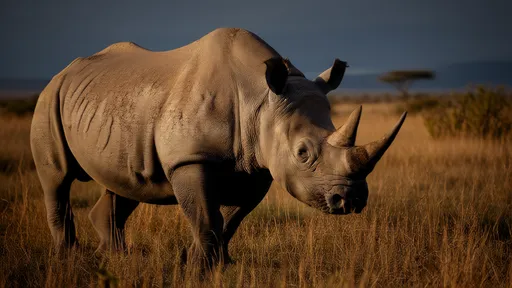
By /Aug 4, 2025

By /Aug 4, 2025

By /Aug 4, 2025

By /Aug 4, 2025

By /Aug 4, 2025

By /Aug 4, 2025
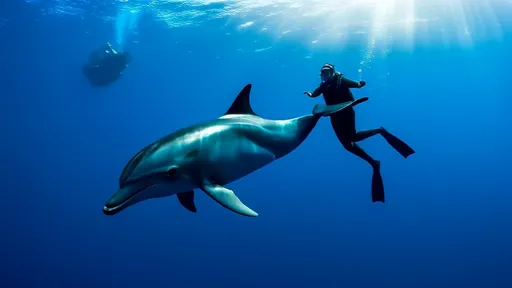
By /Aug 4, 2025

By /Aug 4, 2025

By /Aug 4, 2025

By /Aug 4, 2025

By /Aug 4, 2025
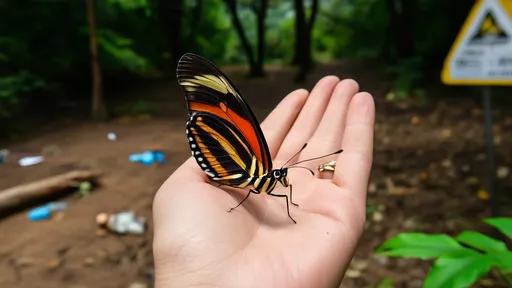
By /Aug 4, 2025

By /Aug 4, 2025

By /Aug 4, 2025
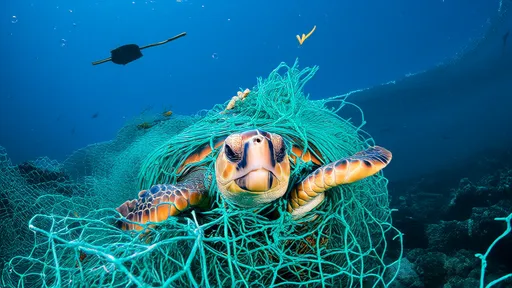
By /Aug 4, 2025

By /Aug 4, 2025

By /Aug 4, 2025
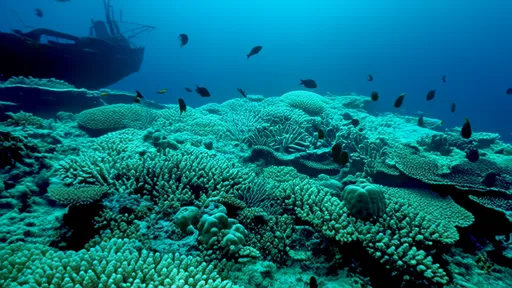
By /Aug 4, 2025
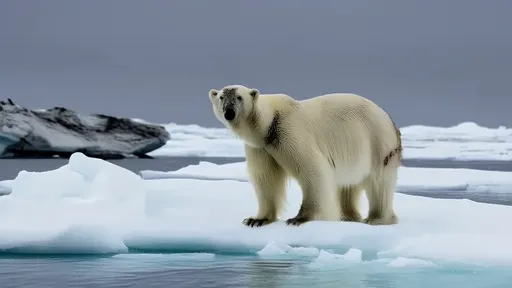
By /Aug 4, 2025